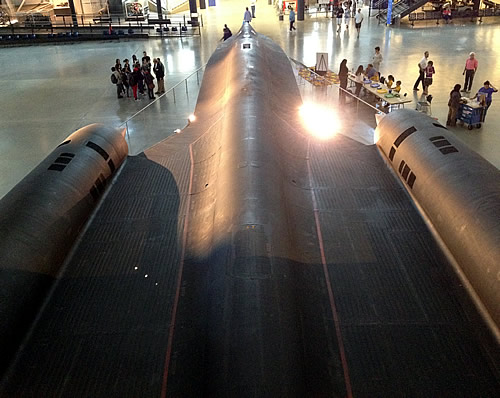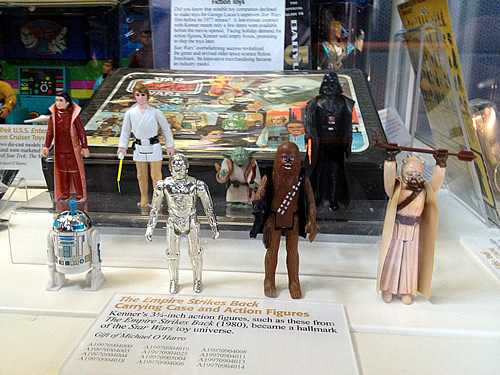
I’ve owned a lot of tablets. I’ve had iPads and Android devices, tablets with seven and ten inch screens, and devices with WiFi and LTE radios. I’ve probably had at least a dozen different tablets spanning almost every possible configuration, but there’s one thing all of them had in common: none of them were able to hold my interest.
No matter how hard I try—and how much I love the idea of tablets—I just don’t have any use for them. I put up with the limitations of my phone because it’s always with me and always connected, and I put up with the bulk of my laptop because it’s powerful enough for just about everything I need a computer to do. But tablets, for me, sit in this awkward space in-between where they’re too limited to be all that useful (at least for the things I do most often) and too big to be easily portable.
Refusing to give up, however, I’ve developed a new theory: maybe I’m simply not using tablets correctly. If I find them too big to replace my phone, that means I’m not trying to use them for anything beyond what my phone can already do. And if I find them too limited to replace my laptop, that means I’m trying to do things that are better left to a fully capable computer. Perhaps what I should be doing are only those things that a tablet can do better than any other device.
To test my theory, I bought a brand new iPad Air, but rather than resorting it with an image from one of my many former iPads, I’m only going to install apps that are better on tablets than on any other device. That means no email, no calendar, no office applications, and no social networking. No Evernote, no weather apps, no navigation, and no restaurant finders. Basically, anything that I can do more conveniently on my phone or more fluidly on my laptop, I simply won’t even attempt on my new tablet.
In an attempt to make my iPad more useful, I’m going to intentionally limit it.
Admittedly, this approach probably won’t leave as many applications as I’d like. Even four years after the launch of the iPad, I think we’re still a long ways away from really figuring out and implementing the best multi-touch surface experiences. But I’ll start with apps for drawing, watching video, and reading (books, magazines, and news), and maybe a game or two. Maybe I’ll try Garage Band, or another music synthesis application. I’ll probably give a lot of different apps a try, but the moment I start feeling more frustrated by the limitations of the device than empowered by its unique capabilities, I’ll uninstall it and move on.
Let me know if you have ideas for apps I should try. It should be very interesting to see, after a month or two, which are left.



 As soon as I started using
As soon as I started using  The other day, my good friend
The other day, my good friend 









